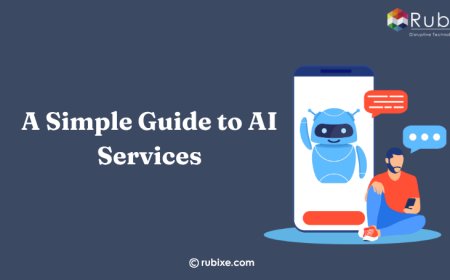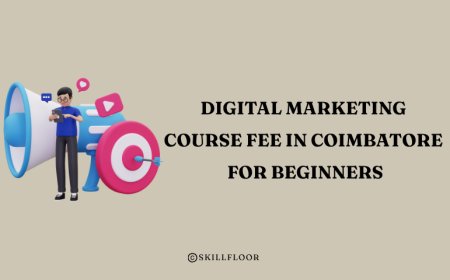CAT Quant: Attempt sequence vs score outcome – what works best?
As a student preparing for the CAT exam in India, one of the biggest dilemmas I faced in the Quantitative Aptitude (QA) section was this: does the order in which I attempt the questions affect my score? Through multiple mock tests, peer discussions, and personal analysis, I discovered that attempt sequencing in CAT Quant can indeed influence both score and accuracy.
Understanding the nature of the Quant section
CAT Quant features a mix of Arithmetic, Algebra, Geometry, Number Systems, and Modern Math. The questions vary in difficulty and appear in no particular order. This randomness makes it important to have a well-defined attempt strategy.
Each correct answer gives you 3 marks, while a wrong MCQ deducts 1 mark. TITA (Type in the Answer) questions, though unpenalized for wrong attempts, demand higher accuracy. With 40 minutes to solve around 22 questions, time and order become crucial. To maximize performance, it's important to be familiar with the CAT exam syllabus and CAT exam pattern.
Approach 1: Solving sequentially
This is the most basic strategyattempting questions in the order they appear.
Advantages:
- No time wasted deciding which question to attempt next
- Maintains a steady flow and rhythm
Disadvantages:
- Risk of getting stuck on tough questions early
- Might leave easier questions unanswered due to time constraints
Approach 2: Skim and solve
This method involves scanning all questions quickly, marking easier or familiar ones, and solving them first.
Advantages:
- Prioritizes scoring questions
- Builds confidence early with easier problems
Disadvantages:
- Requires discipline to avoid solving during the initial scan
- May accidentally overlook hidden easy questions
Approach 3: Topic-based targeting
If you're particularly strong in certain topics, you can choose to attempt those questions first by identifying topic-specific clues in each question.
Advantages:
- Leverages personal strengths
- Can maximize accuracy in the beginning
Disadvantages:
- Not always easy to identify the topic at first glance
- Can waste time jumping around
Approach 4: Hybrid strategy
This combines skimming and topic targeting. You first scan for easy or familiar questions, solve those, and then move to medium and tougher ones.
Advantages:
- Offers a balanced approach
- Helps optimize accuracy and time
Disadvantages:
- Needs practice to implement efficiently
- Can become complex under exam pressure
Insights from mock analysis
In my own mock CAT attempts and peer analysis, one consistent trend stood out: students who began with easier or familiar questions scored higher. Their confidence stayed intact, and time was used more effectively. On the other hand, sequential solvers often suffered due to getting stuck early.
A simple observation: the first 6-8 questions you solve correctly in the first 15 minutes tend to set the tone for the rest of your section.
Final thoughts: Personalise your strategy
There is no universally "best" attempt sequence. What works for one may not work for another. The best way to find your optimal strategy is to test each method across different mocks. Track your time, accuracy, and confidence levels.
Tips to improve your attempt sequence
- Use the first 90-120 seconds to scan all 22 questions
- Mark 10-12 that look easy or familiar
- Attempt in 2 rounds: first easy, then medium
- Dont spend more than 3 minutes on any one question
- Revisit tough or unattempted ones only if time permits
Conclusion
In conclusion, the attempt sequence in CAT Quant can greatly impact your overall performance. A conscious, tested strategy can be the difference between a mediocre and a stellar percentile. Try out different methods, analyse your results, and settle on the one that consistently gives you the best score outcomes. Make sure you are updated on key resources such as the CAT application form and CAT admit card dates to stay ahead in your preparation journey.









































